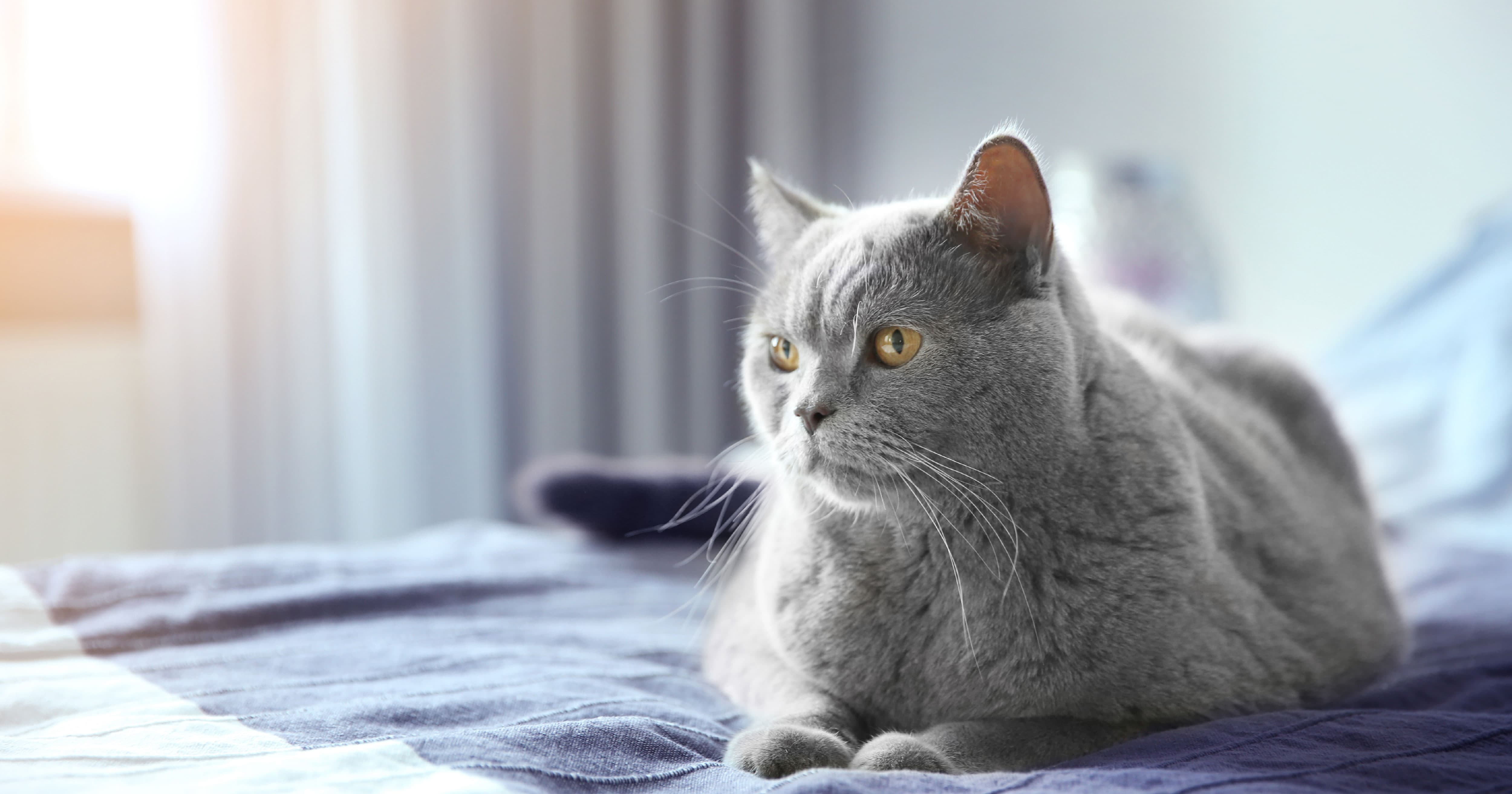Double Trouble for Obese Cats with Arthritis

Arthritis is a painful, progressive disease in cats that unfortunately has no cure. However, veterinarians can provide some relief for arthritic cats by using different management tools. For example, maintaining a healthy weight is important for managing arthritis. The excess weight of obese cats doesn’t just put extra strain on their joints; the fat itself contributes to inflammation, and inflammation is part of the pain associated with arthritis.
Arthritis Is Common in Obese Cats
Arthritis is a complex condition that is associated with low-grade inflammation and occurs when cartilage in one or more joints breaks down. It’s one of the more common issues associated with obesity, not just because of the stress carrying extra weight puts on joint cartilage and ligaments, but also because of an increase in inflammation. Signs of arthritis in cats include pain, reduced motion range, stiffness, muscle loss and changes in behavior due to pain or restricted movements.
The Problem with Too Much Fat
Body fat can be a good thing. Cats need it to store energy, cushion vital organs, insulate against heat loss and provide structural support to organs in the abdomen. The problem with too much fat is that it can lead to disease. Obesity is considered a disease by the veterinary community because the accumulation of excess fat interferes with how the body functions. When cats consume too many calories over a prolonged period of time, the excess energy is stored as extra fat throughout the body, including around other tissues and organs. The increase in body fat changes metabolism, hormonal and inflammation control, which can lead to impaired body function, health issues and a reduced quality of life. Basically, an obese cat is not a healthy cat.
The Many Roles of Fat
Fat (technically called white adipose tissue) does more than protect your cat’s organs and provide an energy store. Fat is biologically active, and fat cells (adipocytes) can secrete over 100 substances (including hormones and inflammatory cytokines) that are collectively called adipokines. This makes fat the most abundant source of hormones and the largest endocrine organ in the body. Adipokines are essential to normal body function and can communicate with the brain and other tissues. They have roles in energy balance, glucose (sugar) and lipid (fat) metabolism, and immune system function.
When increased fat tissue changes the secretion of adipokines, they can throw off normal body function, leading to heightened inflammation throughout the body (including in joints). Adipokines can also affect immune system function, eventually leading to chronic, low-grade inflammation. And the more weight the cat gains, the more fat cells there are producing these potentially harmful compounds.
Managing Obesity and Arthritis
If your cat has been diagnosed with arthritis, your veterinarian has a number of options and tools that can help manage pain, slow disease progression, restore mobility and improve your cat’s quality of life. If your cat is obese, veterinarian-supervised weight loss can help reduce the physical and mechanical stress put on their joints. And when the weight loss is due to fat loss, the fat tissue produces fewer adipokines that promote inflammation and contribute to pain and discomfort.
Helping your cat stay in a healthy weight range and maintain an ideal body condition is important to keep them healthy and active, and can possibly help them live longer. But a healthy weight is especially important if your cat has arthritis, as it can help with inflammation and pain.
RELATED POST: Fat Cats Face Serious Health Risks
